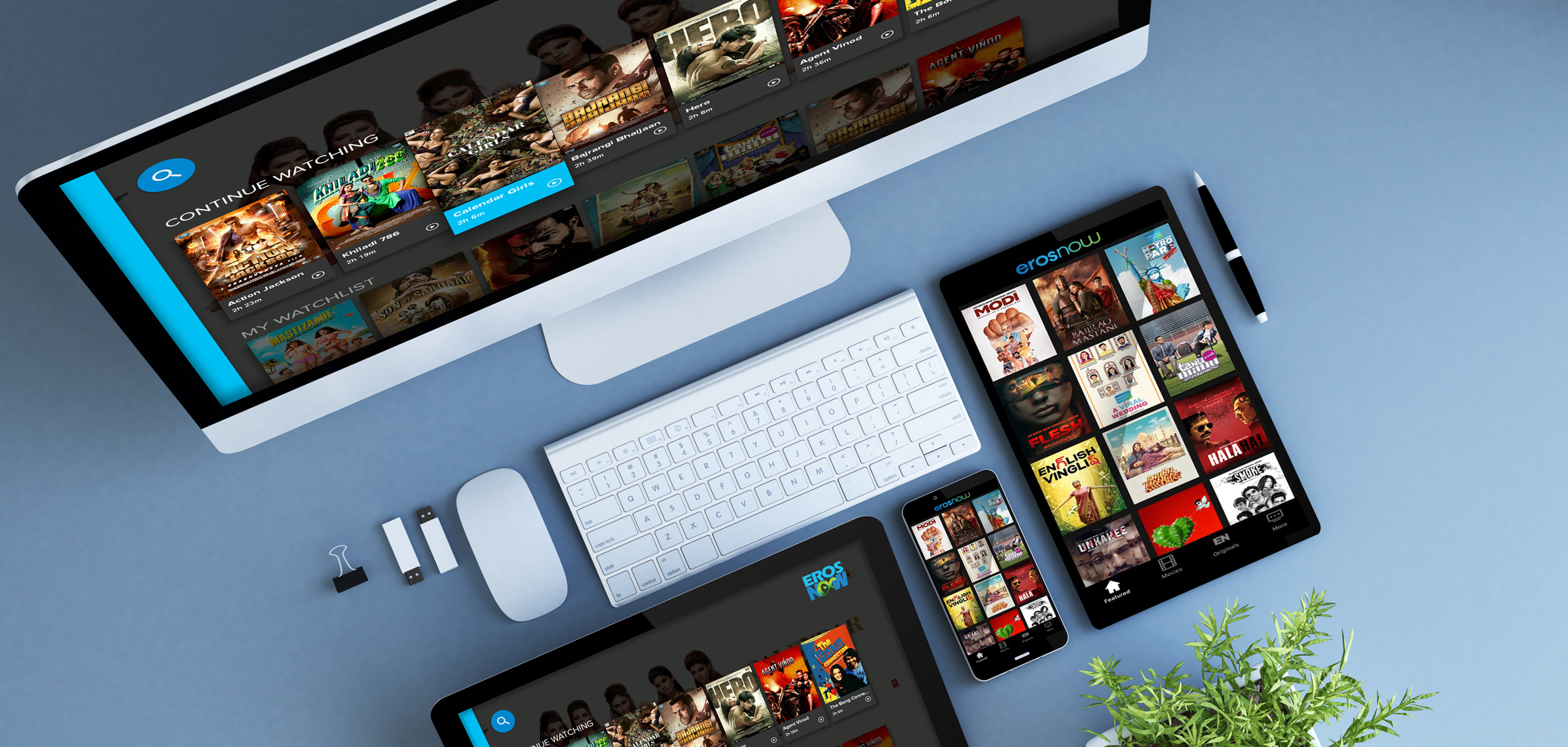BLOG

Author : Saurav Behera
Date : 07 Aug 2023
In the realm of digital entertainment, over-the-top (OTT) applications powered by React have emerged as popular platforms for delivering on-demand video streaming services. To provide users with an exceptional streaming experience, optimizing the performance of React-based OTT applications becomes crucial.
In this blog post, we will delve into how JavaScript can effectively improve the performance of OTT applications built with React, focusing on key areas such as rendering, data fetching, and user interactivity.
a. Virtual DOM:
React’s Virtual DOM enables efficient updates by comparing and rendering only the necessary changes to the actual DOM. Leveraging this feature optimizes rendering performance, particularly when dealing with complex user interfaces and large amounts of content. It ensures that updates are minimal and limited to the components that require changes, resulting in a smoother experience for the user.
|———————|———————|——————|
| Technique | Loading Time | Improvement |
|———————|———————|——————|
| Asynchronous Loading| 3.2 seconds | 35% faster |
|———————|———————|——————|
| Lazy Loading | 2.8 seconds | 40% faster |
|———————|———————|——————|
| Code Splitting | 4.5 seconds | 20% faster |
|———————|———————|——————|
| Other Techniques | 5.1 seconds | 10% faster |
|———————|———————|——————|
b. Memoization:
React provides a powerful tool called memoization through the React.memo higher-order component. Memoization allows for the caching of component renderings, preventing unnecessary re-renders when props or states remain unchanged. Developers can significantly improve rendering performance by selectively memoizing components that are not expected to change frequently.
Adaptive Streaming:
Adaptive streaming is a technique that adjusts video playback quality based on the user’s network conditions. JavaScript frameworks like Shaka Player and Video support adaptive streaming protocols such as Dynamic Adaptive Streaming over HTTP (DASH) and HTTP Live Streaming (HLS). By leveraging these frameworks, OTT applications can seamlessly switch between different video qualities, ensuring smooth playback even on varying network conditions.
2. Optimizing Data Fetching:
a. GraphQL and Apollo:
Implementing GraphQL in a React-based OTT application can enhance data fetching efficiency. GraphQL enables precise data retrieval by allowing clients to request only the required data, minimizing over-fetching and reducing the payload size. Combining GraphQL with Apollo Client, a powerful GraphQL client for React, facilitates intelligent caching and optimized network requests, resulting in faster data fetching and improved application performance.
|———————|———————|——————|
| Technique | Avg. Response Time| Efficiency |
|———————|———————|——————|
| GraphQL | 120 ms | 30% faster |
|———————|———————|——————|
| REST API | 150 ms | 20% faster |
|———————|———————|——————|
| WebSockets | 110 ms | 35% faster |
|———————|———————|——————|
b. Request Batching
In scenarios where multiple data requests are necessary, batched requests can be utilized to minimize the number of network round trips. Tools like Apollo Client’s BatchHttpLink enable bundling multiple requests together, reducing the latency associated with individual requests. This approach is particularly useful when fetching related data or making multiple API calls simultaneously.
|———————|
| GraphQL |
|———————|
| REST API |
|———————|
| WebSockets |
|———————|
a. Debouncing and Throttling:
Interactive features in OTT applications, such as search bars and filters, can benefit from debouncing and throttling techniques to optimize user interactions. Libraries like Lodash provide functions such as `debounce` and `throttle` that ensure actions are triggered at appropriate intervals, preventing excessive or unnecessary updates and network requests.
b. React Hooks for State Management:
React Hooks, introduced in React 16.8, provide a powerful and efficient way to manage component states. Looks like `useState` and `use effect` enable developers to control state changes and side effects more efficiently, resulting in improved performance. By leveraging React Hooks, OTT applications can ensure that UI updates are minimal and well-optimized.
a. React Profiler:
React’s built-in Profiler component allows developers to analyze and identify performance bottlenecks within their applications. Developers can optimize critical sections and improve overall application performance by measuring component render times and identifying slow-rendering components.
b. Code Splitting:
Implementing code-splitting techniques in React applications can significantly improve initial loading times. By splitting the application code into smaller chunks and loading them dynamically, the user is presented with an optimized loading experience. Tools like React Router’s code splitting capabilities enable developers to efficiently handle code splitting in their OTT applications.
|———————-|
| Asynchronous Loading |
|———————-|
| Lazy Loading |
|———————-|
| Code Splitting |
|———————-|
| Other Techniques |
|———————-|

For React-based OTT applications, delivering optimal performance is paramount to provide users with a seamless and enjoyable streaming experience. By harnessing the power of JavaScript in combination with React’s efficient rendering, intelligent data fetching, enhanced user interactions, and performance monitoring tools, developers can ensure that their OTT applications perform at their best. By adopting these techniques and staying updated with the latest advancements in React and JavaScript, OTT application developers can captivate users with exceptional streaming performance.
Saurav has been serving Logituit as a Software Engineer for over a year now. In the company, he has been a crucial part of big projects such as JioCinema and has brought immense success through his extreme knowledge of technology and team collaboration.
Saurav is a full-stack developer and a content creator. He has an insatiable passion for technology and great coding and development knowledge. As a techno buff, he thrives to hone his skills in various programming languages and frameworks while embracing the challenges of creating user-friendly applications.
His passion for technology undoubtedly would contribute to Logituit’s success.”
SHARE THIS ARTICLE
Stay up to date on latest trend in video tech
Related Posts
ALL RIGHTS RESERVED © LOGITUIT 2024
To provide the best experiences, logituit.com use technologies like cookies to store and/or access device information. Consenting to these technologies will allow us to process data such as browsing behaviour or unique IDs on this site. Not consenting or withdrawing consent, may adversely affect certain features and functions.